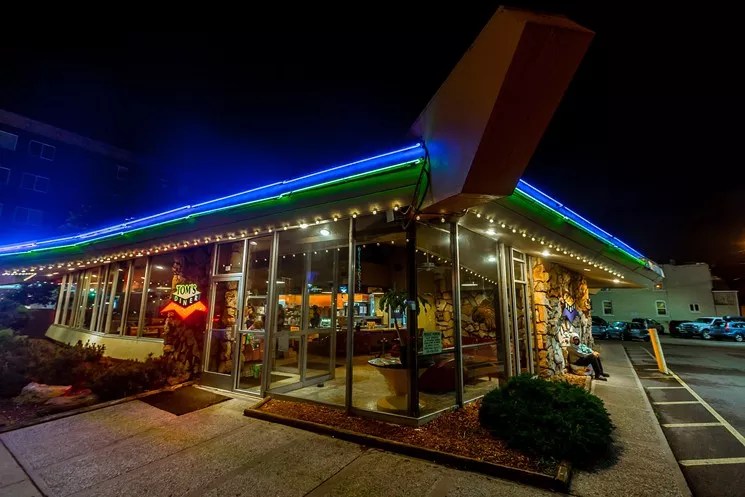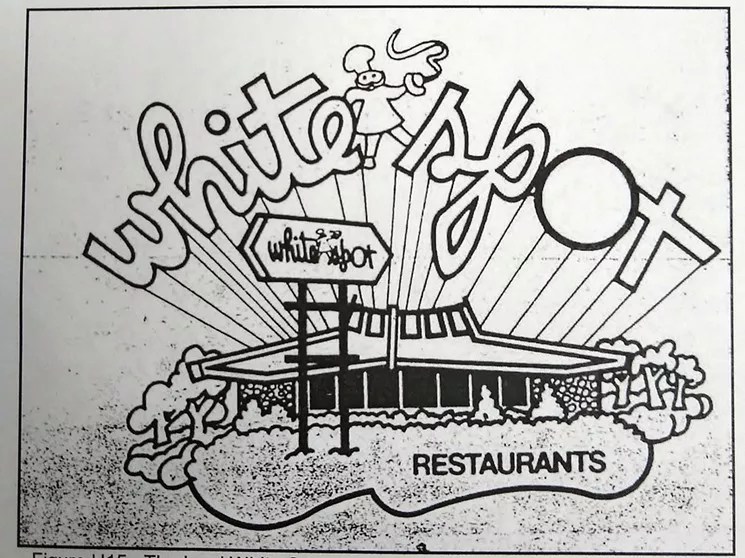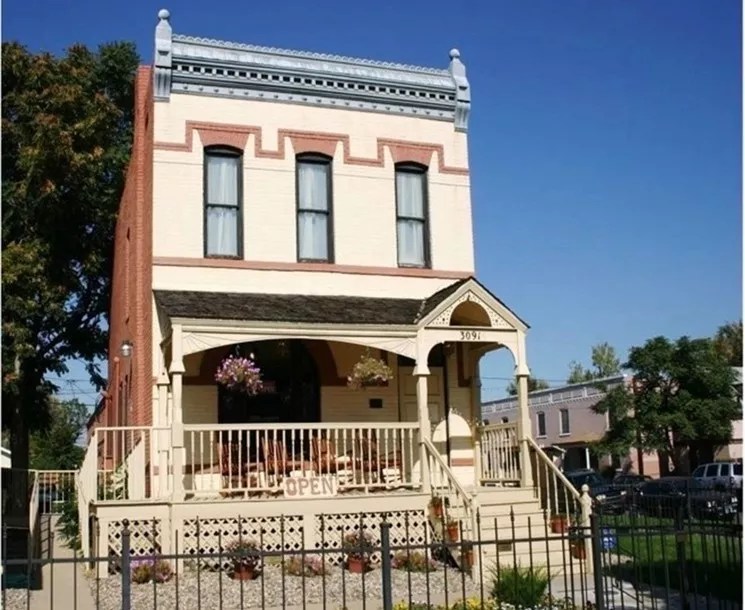
Brandon Marshall

Audio By Carbonatix
Historic Denver will celebrate its fiftieth anniversary in 2020, marking five decades of fighting to preserve the past. But it already had plenty of reasons to party by the end of 2019. While it sometimes seems that development is devouring everything that makes this city special, Historic Denver made history with several big successes.
Two of the biggest were finalized late this month. On December 16, Denver City Council created the city’s 56th historic district, the Tilden School for Teaching Health Historic District. (The 55th was landmarked in June: The River Drive Historic District, preserving the last intact block of Jefferson Park.) And then came the last-second announcement that Tom’s Diner had been saved.
In some cities, news that a 24-hour greasy spoon will continue to stand would not be cause for celebration. But the building at 601 East Colfax Avenue comes with a healthy side of history: It was the ninth link in the homegrown White Spot chain, founded in the ’40s by William “Fred” Clements. This particular location was just blocks from the Capitol on the fabulous Colfax strip, designed in 1967 by the legendary Los Angeles firm of Armet & Davis in the classic “Googie” style named after the futuristic Googies coffee shop built in L.A. in the late ’40s.
And the Tom’s Diner building not only had an impressive architectural pedigree, but a legendary reputation as a Denver gathering spot. It had been picketed by hippies in August 1969 after several of their cohorts were refused service. According to the manager, they were turned away because “the majority of other customers found them objectionable.” This followed a court decision delivered earlier that month in connection with the denial of service to hippies at another White Spot location. Said the judge, “No one would want to eat dinner in an atmosphere of barefooted, semi-dressed, disheveled, unwashed people, who throw food about at each other and on the floor and who generally conduct themselves in an atmosphere not conducive to comfortable, restful, relaxed eating.”

National Register of Historic Places
Tony Clements, who’d taken over for his father, closed the White Spot at 601 East Colfax in the mid-1980s. “Like running a restaurant in Beirut,” he said at the time. “In the ’60s, it was pot and hippies and all that, but we managed. But when the neighborhood went to heroin and crack, that was too much. I got out.”
And Tom Messina got in: He took over the spot, turning it into the 24/7 Tom’s Diner in 1999. His hangout for night owls did well enough that he could buy the building and its surrounding property for $800,000 in 2004. By last year, though, he was ready to retire. He got an offer for a reported $4.8 million for the parcel, with one caveat: The diner would need a certificate of non-historic status from Denver’s Community Planning and Development Department, which would allow it to be demolished, making way for what could become an eight-story apartment complex.
That’s when some Googie-loving Denver residents stepped in to have the building declared historic, and in July, members of the Denver Landmark Preservation Commission voted unanimously to give the building landmark protection, over Messina’s objections. The controversial proposal was on its way to city council for a final vote when the residents withdrew their application.
Historic Denver was already at work behind the scenes. And on December 21, the announcement came that the owner had reached a deal with the GBX Group that would spare Tom’s Diner – it’s now officially listed on the National Register of Historic Places – and still allow for compatible development on Colfax…and for Messina to retire in comfort. “The conversations that were happening locally about the building’s future and the owner’s rights were challenging, with competing community and economic interests at play,” Annie Levinsky, executive director of Historic Denver, said in the announcement.
But Historic Denver was up for that challenge. It has been since it got its start in 1970, when it saved what’s now the Molly Brown House and Museum, then a rooming house that had a date with the wrecking ball.
“Our role is trying to get to the win-win,” Levinsky says. “Finding the right buyer is the key.” She’d already used that formula to get the GBX Group to help save the historic George Schleier Mansion; she used it to protect the facade of the Emily Griffith Opportunity School, where ground has finally been broken for a new hotel. She’s hoping it will again work magic to save another endangered building, the Olinger Moore Howard Chapel in northwest Denver; the status of that project is still in flux.

The Dr. Justina Ford House is home to the Black American West Museum, and won 0,000 this year.
Black American West Museum
But other victories are already in the record books. The Black American West Museum, which occupies the Victorian home where Dr. Justina Ford, Colorado’s first licensed female African-American doctor, once saw patients (she wasn’t allowed to use local hospitals), was one of thirteen winners in the 2019 Partners in Preservation campaign, securing a $150,000 grant for repair work. That followed another win: The National Trust for Historic Preservation, which administered the Partners in Preservation campaign, held its annual conference in Denver this fall, when it honored Historic Denver with its own national award. Among its less physical accomplishments, Historic Denver had worked with Denver City Council to firm up criteria for landmark designation, adding cultural significance to considerations that already included architectural, geographic and historic importance.
“When you take a look at it, it really was a good year,” Levinsky admits.
Historic Denver isn’t about to rest now, though, not when Levinsky estimates that the city is losing more than 700 buildings a year. And while some of those structures might not be worth saving, others are. “But it’s looking a little more optimistic,” she says. “There’s a new recognition that we don’t have to erase what was there…that there’s a way we can have both.”
This year, Historic Denver managed to put two dozen buildings on the win list, preserving them for history. Says Levinsky, “We are saving the places that help tell the city’s story.”
Even if one of them is just an old coffee shop.